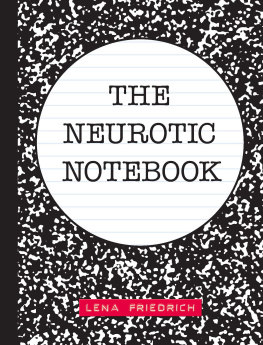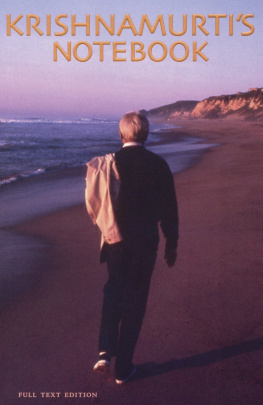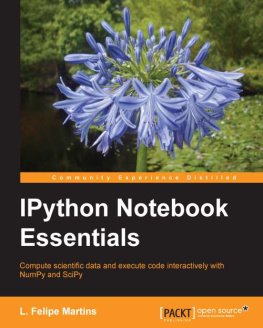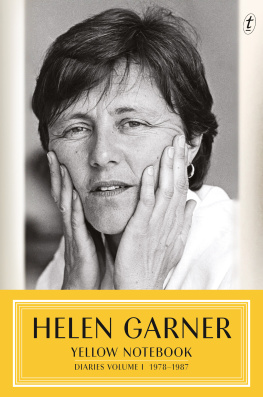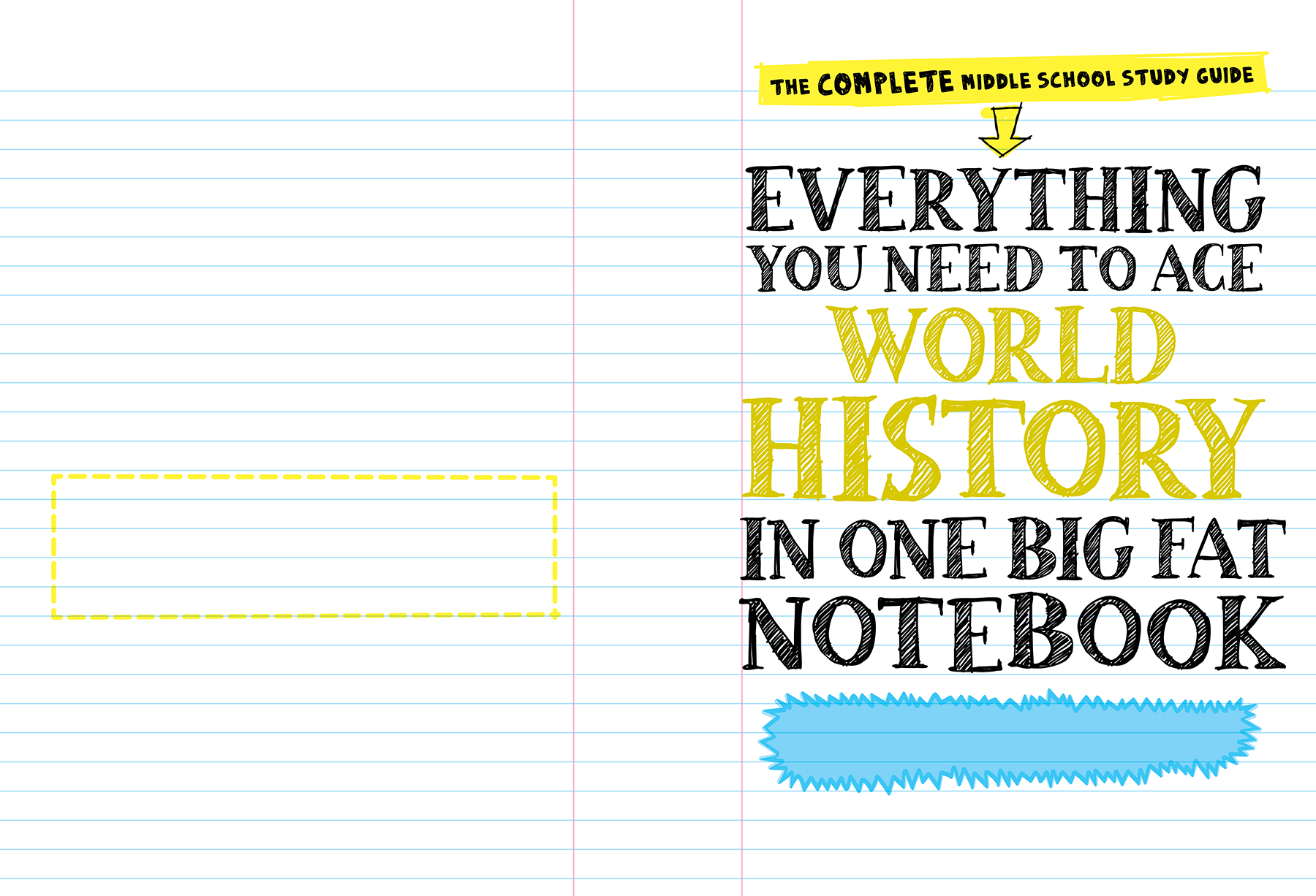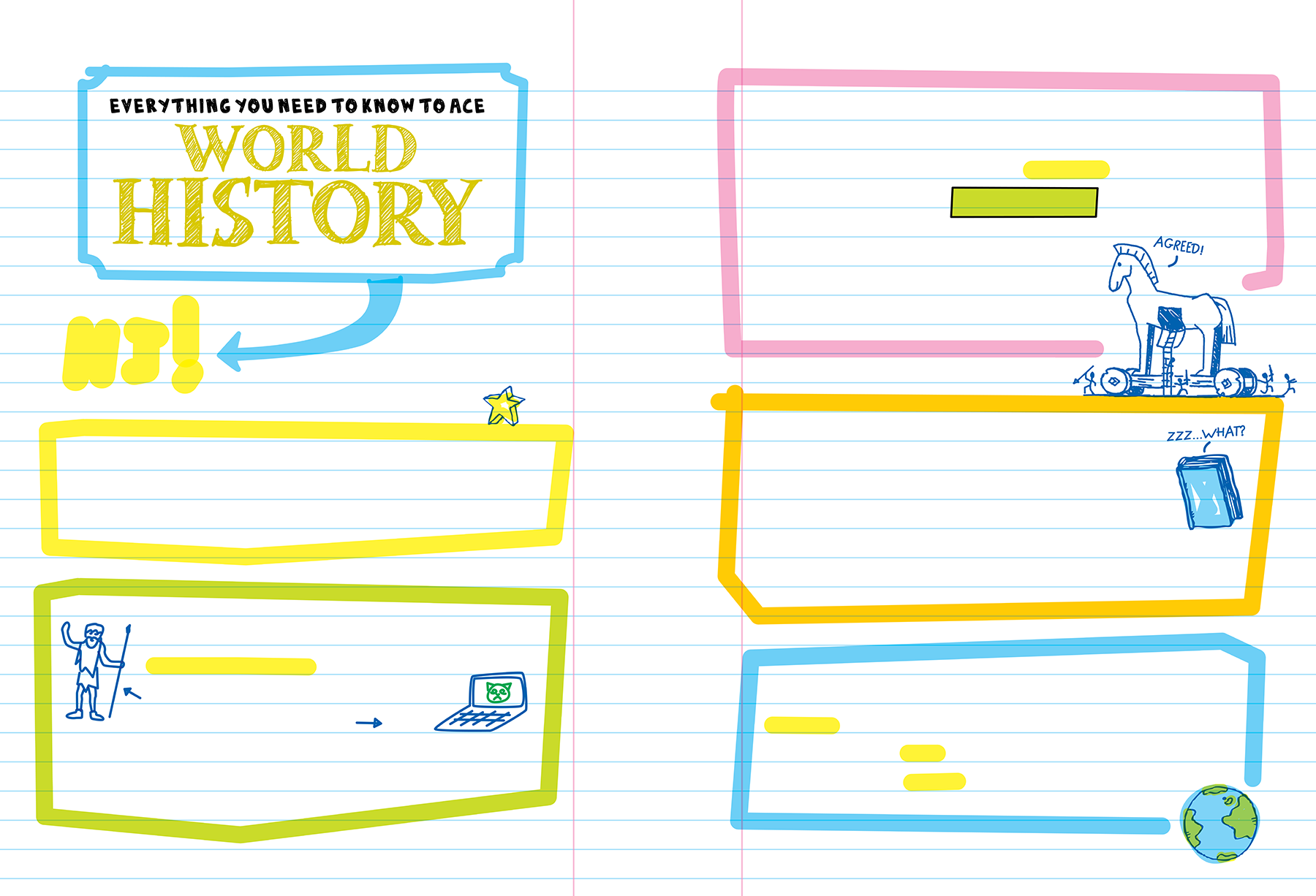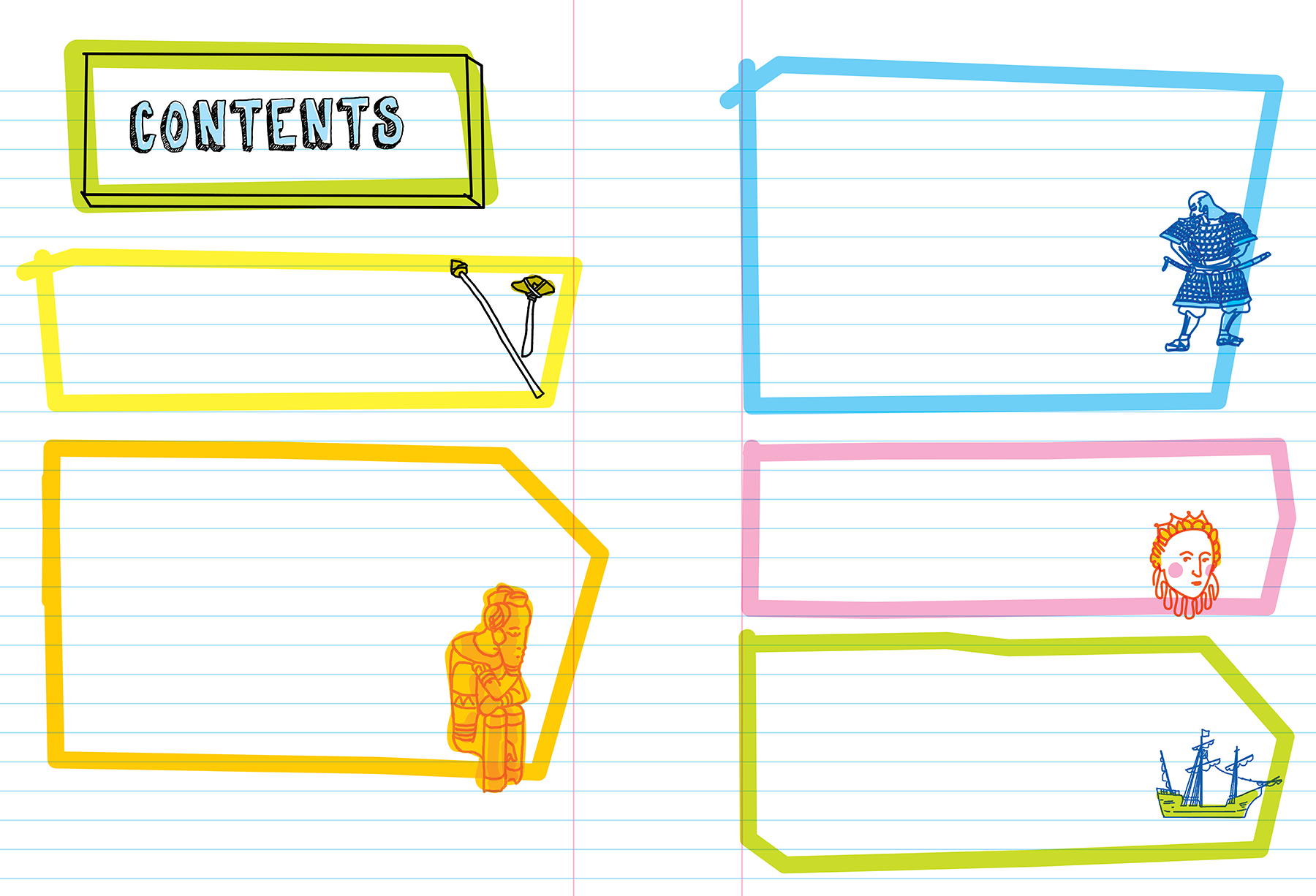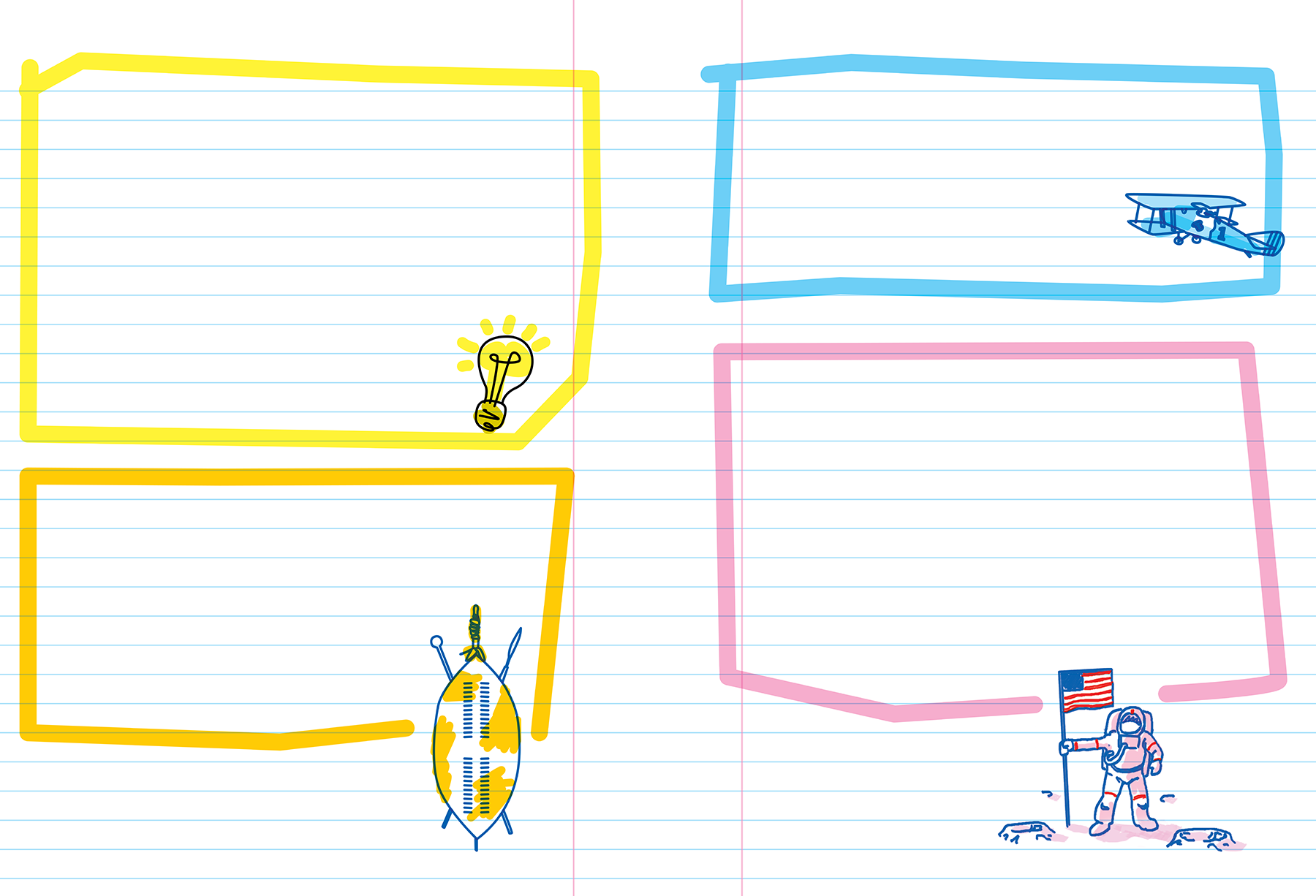Copyright 2016 by Workman Publishing Co., Inc.
By purchasing this workbook, the buyer is permitted to reproduce pages for classroom use only, but not for commercial resale. Please contact the publisher for permission to reproduce pages for an entire school or school district. With the exception of the above, no portion of this book may be reproduced - mechanically, electronically, or by any other means, including photocopying - without written permission of the publisher.
Library of Congress Cataloging-in-Publication Data is available.
eISBN 978-0-7611-9702-7
Writer Ximena Vengoechea Illustrators Blake Henry, Tim Hall Series Designer Tim Hall Designers Gordon Whiteside, Tim Hall Art Director Colleen AF Venable Editors Nathalie Le Du, Daniel Nayeri Production Editor Jessica Rozler Production Manager Julie Primavera Concept by Raquel Jaramillo
SPECIAL DISCOUNT FOR EDUCATORS: The Big Fat Notebooks are available at special discounts when purchased in bulk for classroom, premium, and fund-raising use. Special editions and book excerpts can also be created to specification. For more information, please contact the Special Sales Director at the address below, or send an email to .
Workman Publishing Co., Inc. Varick Street New York, NY 10014-4381 workman.com
WORKMAN, BRAIN QUEST, and BIG FAT NOTE-BOOK are registered trademarks of Workman Publishing Co., Inc.
Workman Publishing
new york
Borrowed from the smartest kid in class
Double-checked by Michael Lindblad
Hi!
These are the notes from my world history class. Oh, who am I? Well, some people said I was the smartest kid in class.
I wrote everything you need to ace world History , from the first humanlike creatures to the Internet Age , and only the really important stuff in between - you know, the stuff thats usually on the test!
I tried to keep everything organized, so I almost always :
Highlight vocabulary words in yellow .
Color in definitions in green highlighter .
Use blue pen for important people, places, dates, and terms.
Doodle a pretty sweet Trojan Horse and whatnot to visually show the big ideas.
If youre not loving your textbook and youre not so great at taking notes in class, this notebook will help. It hits all the major points. (But if your teacher spends a whole class talking about something thats not covered, go ahead and write that down for yourself.)
Now that Ive aced world history, this notebook is YOURS . Im done with it, so this notebooks purpose in life is to help YOU learn and remember just what you need to ace YOUR world history class.
CE
BCE = BEFORE the COMMON ERA
(or before the year was 1)
CE = the COMMON ERA
(or the year 1 and after)
1000 bce 500 bce 1 CE 500 ce 1000 ce
bce dates sorta work like negative numbers. For example, 1000 BCE is further in the past than 500 BCE.
What was life like 10,000 or a 100,000 years ago? How have people and cities changed over time? These are some of the questions history tries to answer.
Historians are the scholars who study our past, using written records and historic art to find the answers. They read letters, look at written laws, and study religious documents and community records.
What if there are no written records of a culture? How can we study prehistory , the time before writing was invented?
Unit
The First Humans
Prehistory 3500 BCE
prehistory
history before written records
The study of prehistory relies on archeoloGY and two groups of people :
Archaeologists are scientists who study objects made by humans, called artifacts , to better understand human activity. Artifacts can be tools, instruments, or anything made by humans in past civilizations.
Anthropologists are scientists who also study artifacts but are more interested in the cultural aspects of human society :
what people in a particular culture wore
what they ate
how they learned and created the customs they followed
how they developed languages
All the things happening now - the presidents of today, the global issues, climate change, cultural change, the sort of lives we lead - will be considered part of history someday. Maybe someone will study our artifacts and culture. But before that happens, lets go back to the beginning - to the very first humans.
That shoe you lost under your bedif found thousands of years from now buried in what used to be your bedroom, that would be an artifact, too.
archeology


